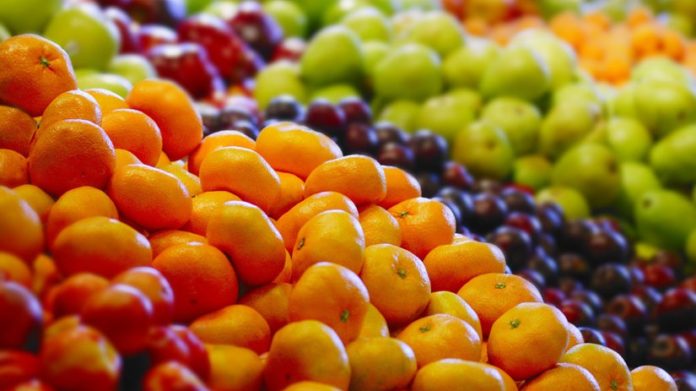
In a new study, researchers found that consumption of fresh fruits is associated with a significantly reduced risk of cardiovascular disease, as well as lower all-cause mortality.
Cardiovascular disease is the leading cause of death in the US. Each year, 600,000 people die from heart disease and 130,000 die from stroke. But a new study finds that the risk of developing cardiovascular disease could be reduced by up to 40 percent, simply by eating fresh fruit every day.
The research team, led by Dr. Huaidong Du from the University of Oxford in the UK, recently presented their findings at the European Society of Cardiology Congress 2014.
The results of their study came from an analysis of more than 400,000 residents of different areas of China who were a part of the China Kadoorie Biobank — a study set up to investigate genetic and environmental causes of chronic diseases.
Dr. Du notes that numerous studies have indicated that improvements in diet and lifestyle are critical to reducing the risk of cardiovascular disease (CVD). But she points out that the majority of these studies have come from Western countries, with very few from China.
“China has a different pattern of CVD,” explains Dr. Du, “with stroke as the main cause compared to Western countries where ischemic heart disease is more prevalent. Previous studies have combined ischemic and hemorrhagic stroke, probably due to the limited number of stroke cases in their datasets.”
She adds that given the difference in risk factors and physiology between ischemic and hemorrhagic stroke, the team was particularly interested in how fruit consumption influenced the risk of these stroke subtypes.
The more fruit consumed each day, the lower the risk of CVD
In the new study, researchers assessed dietary behaviors and disease outcomes over a seven-year period among 451,681 individuals from five rural and five urban areas of China. Participants had no history of CVD and were receiving no treatment for high blood pressure at baseline.
At the beginning of the study, the researchers asked the participants how much fresh fruit they ate. Fruit consumption was divided into five categories: never, monthly, 1-3 days a week, 4-6 days a week and daily.
During the seven years of follow-up, 19,300 participants developed heart disease and 19,689 had stroke, of which 14,688 were ischemic and 3,562 were hemorrhagic.
Dr. Du and her team found that participants who ate fruit every day had a 25-40 percent lower risk of CVD, compared with those who never ate fruit. Specifically, those who ate fruit daily had a 15 percent lower risk of ischemic heart disease, a 25 percent lower risk of ischemic stroke and a 40 percent reduced risk of hemorrhagic stroke. Furthermore, the more fruit a person ate, the lower their risk of CVD. The average daily fruit intake was 1.5 portions (approximately 150 g).
In addition, the researchers found that participants who reported eating fruit daily had lower blood pressure at baseline, compared with those who reported never eating fruit. “We also found that the beneficial effect of fruit on the risk of CVD was independent of its impact on baseline blood pressure,” adds Dr. Du.
The team then carried out a separate analysis to see how fruit consumption affected all-cause and cardiovascular mortality in 61,000 patients who had high blood pressure or CVD at study baseline.
Overall, the researchers found that participants who ate fruit daily had a 32 percent lower risk of all-cause mortality than those who never ate fruit, as well as a 40 percent lower risk of death from stroke and a 27 percent lower risk of death from ischemic heart disease.
Commenting on their findings, the team says:
“Our results show the benefit of eating fruit in the healthy general population and in patients with CVD and hypertension. Fruit consumption is an effective way to cut CVD risk and should not only be regarded as ‘might be useful.’
Policies are needed to promote the availability, affordability and acceptability of fresh fruit through educational and regulatory measures.”
In a related study, researchers reported last week that although overall dietary quality is improving among Americans, the gap between the rich and poor is growing larger. Furthermore, the majority of Americans still fall far short of meeting federal dietary recommendations for fruit and vegetable intake.
